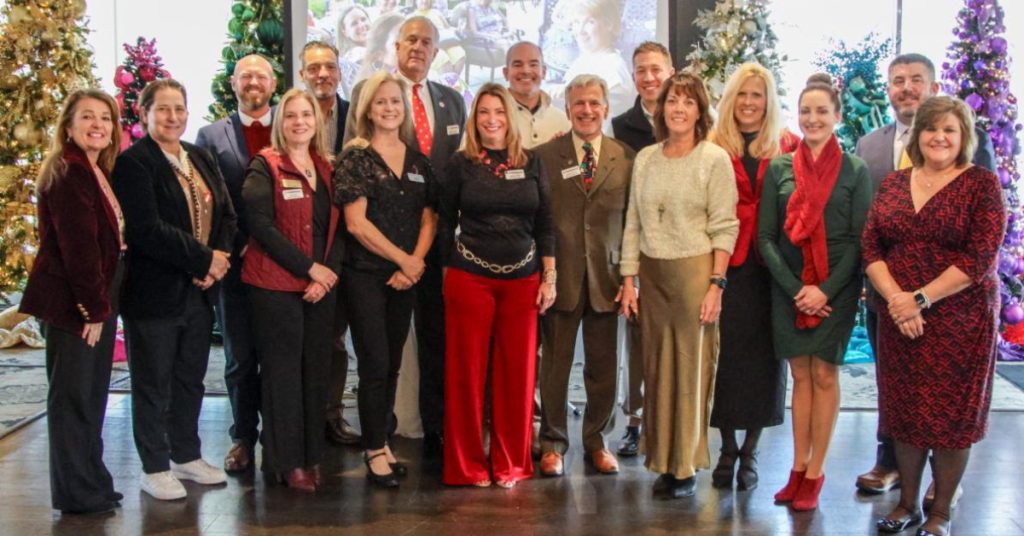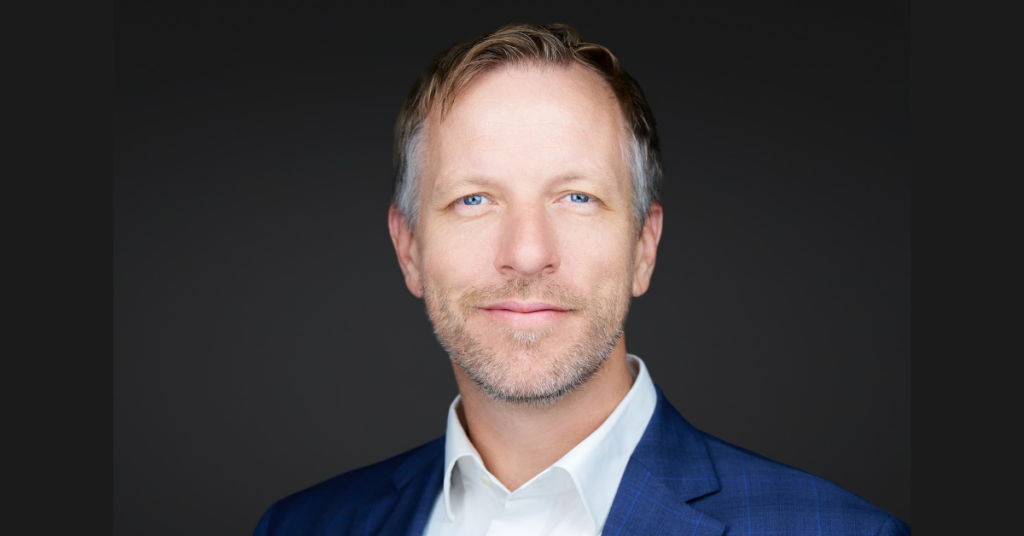Businesses that had been on the sidelines are ready to expand or relocate and the region is ready.
by Heidi Prescott Wieneke
When Urschel Laboratories decided it needed to construct a new corporate campus with a manufacturing plant, the Valparaiso-based company embarked on an extensive search for a location. Urschel needed to find the right community, the right region and the right site to position the 100-year-old, family-owned business for the next century.
Regional economic development leaders knew there was a chance Urschel could leave Valparaiso and the Midwest. Having expanded 28 times over four decades at a single landlocked site, Urschel took advantage of the opportunity to search the globe in 2012 for the best place to locate its worldwide hub, where it would continue making commercial precision food processing equipment that's used by most major food processors in the U.S. and in more than 100 companies worldwide.
Bill Baker, director of real estate for Urschel, says South Carolina, Alabama and Texas aggressively courted the company, each eager to capture the planned $100 million-plus long-term investment and the 300 high-paying jobs. But over time, the Urschel family narrowed the search to the Midwest, where the company talked with suitor communities in Illinois, Michigan, Ohio, Kentucky and Indiana.
Urschel ultimately decided to remain in Porter County, and in the spring of 2015, it expects to move into a new 400,000-square-foot manufacturing plant now under construction at a 160-acre site at Coffee Creek Center in Chesterton.
“There were other more beneficial locations that we could have gone with from a financial perspective,” Baker says. “But after all was said and done, it was the labor force, the geographics of where we are in the center of the country, and quality of life in Northwest Indiana. There wasn't a specific one thing that made up our minds; it was a culmination of all the right business ingredients for our company in Indiana.”
Those ingredients–workforce, infrastructure (highways, fiber, port and rail) and logistics–are touted by Northwest Indiana economic development leaders on a regular basis with companies such as Urschel. And companies such as Alcoa.
Gov. Mike Pence recently attended the groundbreaking for a new $110 million, 325,000-square-foot Alcoa aerospace manufacturing plant in LaPorte, where he emphasized Indiana's business-friendly environment. “Hoosiers are expert builders, constructing airplane components and lifting our Indiana economy,” Pence stated. “Companies are able to find the resources they need to soar in Indiana, a state that works for business.”
Alcoa decided to build its new plant, where it will produce nickel-plated engine parts for commercial airliners, behind its existing local facility that manufactures parts for business and regional airliners. The physical expansion not only extends the company's market reach, but it will create more than 300 new jobs in LaPorte over the next decade.
But the Alcoa project was no slam dunk. Neither was the deal with Jaeger-Unitek, a German-based rubber extrusion components manufacturer for the automotive industry. Like Urschel, Jaeger-Unitek was aggressively courted by several Southern states that, over a two-year period, tried to entice the company to relocate and expand outside Indiana.
“There was no point at which I would have said ‘I'm sure about this one,' or ‘I have complete confidence this is going to go our way.' These deals were super competitive, and everyone wants to land projects that yield success,” says Bert Cook, executive director of the Greater LaPorte Economic Development Corp., who was involved in the Alcoa and Jaeger-Unitek deals.
“We have a strong manufacturing workforce that we can sell to a company. We tell them that we can find you the people you need now and into the future,” Cook says. “We were nervous about each outcome, but we knew we did everything we could possibly do. If a company decides to go somewhere else, you wish them the best. But we're not going to leave anything up to chance.”
The best way to ensure nothing is left up to chance, Cook says, is by making sure economic development leaders across Northwest Indiana are on the same page and telling the same story as they work to market the region to prospective new businesses. Regional leaders must share one vision.
“Some counties want to do everything and be everything to everyone, but then you only do marginal at a lot of things. Some companies aren't willing to commit to that broad a vision,” Cook says. “We're a manufacturing community and we embrace that. We are going to maximize our strengths and minimize our weaknesses. And we need to differentiate ourselves from the competition. We need to go above and beyond what is commonly done.”
“People are sitting on funds and they don't know where to spend them,” says Heather Ennis, president and CEO of the Northwest Indiana Forum, a privately funded, regional economic development corporation. “Uncertainty during the downturn caused so many people to hold dollars close to their vest, but now they cannot put moves and expansions off any more. We've spent a lot of time out marketing ourselves strictly for this day. As the economy improves, people know we're here and they know our story.”
Ennis says the state's regulatory environment combined with the proximity of Northwest Indiana to Chicago make the region ideal for business prospects. “It's no secret,” she says, “that the tax climate in Illinois is putting a stress on businesses there. Whereas a southern Chicago suburb was an attractive proposition before, now Northwest Indiana is. That's in addition to the fact that we're seeing a resurgence in manufacturing, and we know how to make things here. From solar panel components to steel that goes into some of the finest automobiles in the world, we have to keep talking about what makes us great.”
“The market is continuing to evolve and it's not going to wait because Northwest Indiana hasn't adapted yet. They need to keep coming up with innovative ways to keep up with the marketplace,” Urschel's Baker says. “The region has had some wins, and we should tout and build upon them. But you should never be satisfied with the last deal. You should always be looking at the next deal.”
And given the uptick in manufacturing, there will be a next deal. And a next deal. And a next deal. George Douglas is initially hesitant to refer to the amount of increased economic development in Northwest Indiana as the beginning of a “tidal wave.” “But I think that's what we're seeing, so I'm going to go ahead and say it.”
Douglas, general manager at Indiana Beverage, based in Valparaiso, says the recession offered those in economic development time to pause and consider the region's core strengths.
Having served on the board of the Northwest Indiana Forum for the past seven years, Douglas has been part of conversations that center on these regional cornerstones: transportation, distribution and logistics, or TDL, for short.
“There is a lot of money sitting on the sidelines,” Douglas says. “Businesses have been waiting to make decisions on where to invest those dollars, and when I look at the moves Indiana has made in the last several years, we're ripe and prime.”
David Lasser, president of Commercial In-Sites, based in Merrillville, says the continued economic recovery has been making his phone ring–a lot.
“The recession was very deep and very severe and there was no building activity. Now I would say it has been between ‘great' and ‘hot' in interest in new construction,” says Lasser, who is vice chairman of the new Lake County Economic Alliance. The LCEA, which is now seeking an executive director, will work to strengthen economic development efforts in Crown Point, Gary, Hammond and Merrillville.
“There's very low inventory so the market occupancy rate is very high. The lack of existing available product and space will drive the spec and build-to-suit markets. It points the arrow toward new construction,” Lasser says. “This organization will work to respond quickly when prospects show interest in these communities. This is a great breakthrough for us.”


